Missouri citizens generate about six million scrap tires a year, or about one per person per year. Just what is a scrap tire? A scrap tire is a tire that can that can no longer be used as it was originally designed to be used, it has sat out in the elements for over a year, has been cut up in some fashion or someone has placed it somewhere just to be rid of it.
An environment free of scrap tires is important to the public health of all Missouri citizens. Why? Scrap tires can become homes for mosquitoes, snakes and other vermin. Mosquitoes breed in the stagnant water that collects inside tires. Because diseases transmitted by mosquitoes can be a serious health threat, removing and properly managing scrap tires is a priority in Missouri.
Do NOT burn them! It is illegal to burn tires in Missouri, except at facilities approved by the department. Uncontrolled tire burning can pollute our air, water and groundwater.
Some options for properly disposing of scrap tires are:
 For more information about this reimbursement program, visit Scrap Tire Cleanups by Non-Profit Groups.
For more information about this reimbursement program, visit Scrap Tire Cleanups by Non-Profit Groups.By 1990, illegal scrap tire piles had become so large and widespread in Missouri that the State Legislature passed Senate Bill 530. This legislation acknowledged scrap tires as a significant waste stream in the state and established a scrap tire fee to fund the Missouri Department of Natural Resources' scrap tire oversight and management activities, scrap tire cleanups by non-profit groups, educational programs/ curriculum about solid waste management and scrap tire surface material grants. The 50-cent scrap tire fee is applied to the retail sale of every new tire.
Scrap tire shredding at the Bishop Tire Site, 2006.From 2006 until 2018, the department conducted a scrap tire cleanup program called the Scrap Tire Roundup. The department partnered with the Missouri Department of Corrections to cleanup tire dump sites containing between 500 to 10,000 tires. Due to the economic feasibility of conducting these cleanups, the department shifted its focus from conducting tire cleanups to encouraging and supporting the development of alternative, beneficial uses for scrap tires. The department uses the funds generated by the scrap tire fees to create economic incentives for properly managing scrap tires in Missouri. The department also educates individuals and businesses and strives to maintain a level playing field for all industry members through permitting scrap tire processors, inspecting scrap tire businesses and taking enforcement actions as needed. For general information about managing scrap tires, visit Management of Scrap Tires - PUB2056.
Due to the economic feasibility of conducting these cleanups, the department shifted its focus from conducting tire cleanups to encouraging and supporting the development of alternative, beneficial uses for scrap tires. The department uses the funds generated by the scrap tire fees to create economic incentives for properly managing scrap tires in Missouri. The department also educates individuals and businesses and strives to maintain a level playing field for all industry members through permitting scrap tire processors, inspecting scrap tire businesses and taking enforcement actions as needed. For general information about managing scrap tires, visit Management of Scrap Tires - PUB2056.
Since authorization and funding began in 1990 -

For more information about scrap tires, visit Scrap Tire Guidance Documents and Fact Sheets.
You are here:
Disposing of Tires from Your Home or Private Property Information for households and property owners about disposing of unwanted or abandoned tires.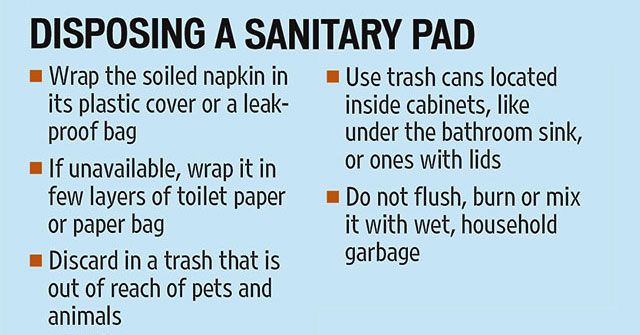 https://www.tceq.texas.gov/permitting/waste_permits/tires/tires-disposal-qa https://www.tceq.texas.gov/@@site-logo/TCEQ-1072x1072.png
https://www.tceq.texas.gov/permitting/waste_permits/tires/tires-disposal-qa https://www.tceq.texas.gov/@@site-logo/TCEQ-1072x1072.png
Information for households and property owners about disposing of unwanted or abandoned tires.
On this page:
You may be able to dispose of your own used or scrap tires during a bulky trash collection event sponsored by your local government.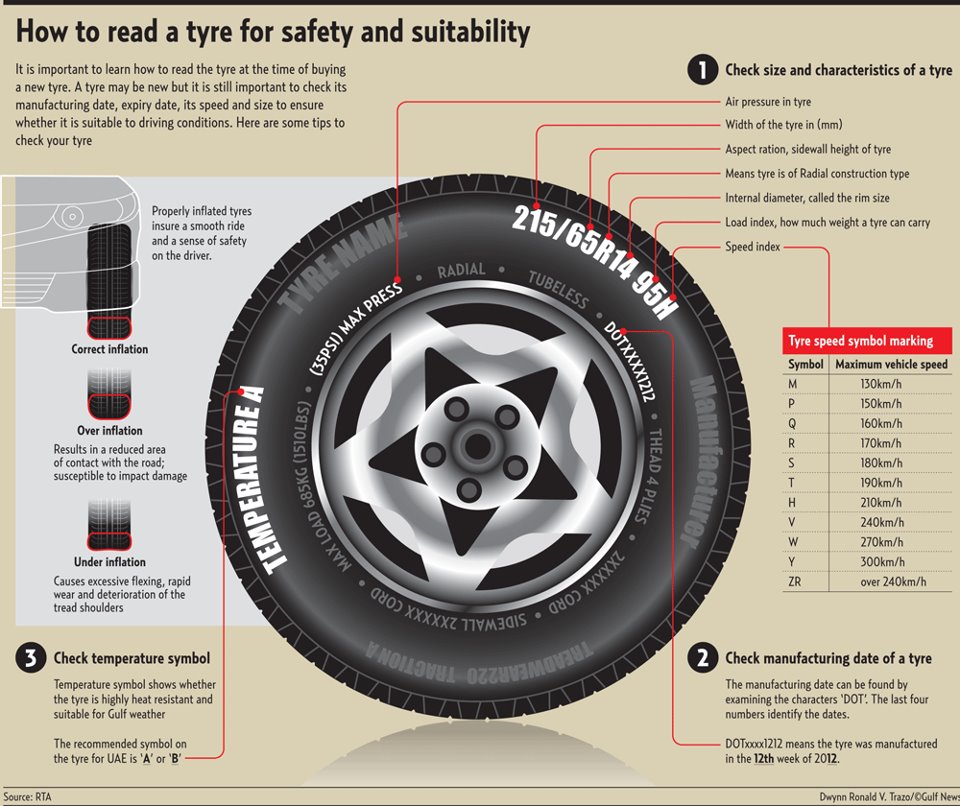 A landfill may accept your tires directly, but will usually charge a fee.
A landfill may accept your tires directly, but will usually charge a fee.
Use the municipal solid waste facility map viewer to find landfill locations and phone numbers. Contact the landfill to confirm that it accepts tires for processing or disposal. If you have many tires, you may need to hire a scrap tire transporter to pick them up and haul them to an authorized scrap tire storage, processing, or disposal facility.
To report abandoned tires, you can contact local city or county authorities, contact the TCEQ field office for your region, or file a complaint online with the TCEQ.
If there are just a few tires, you may be able to dispose of them during a bulky trash collection event sponsored by your local government, or take them to your local landfill. Use the municipal solid waste facility map viewer to find landfill locations and phone numbers.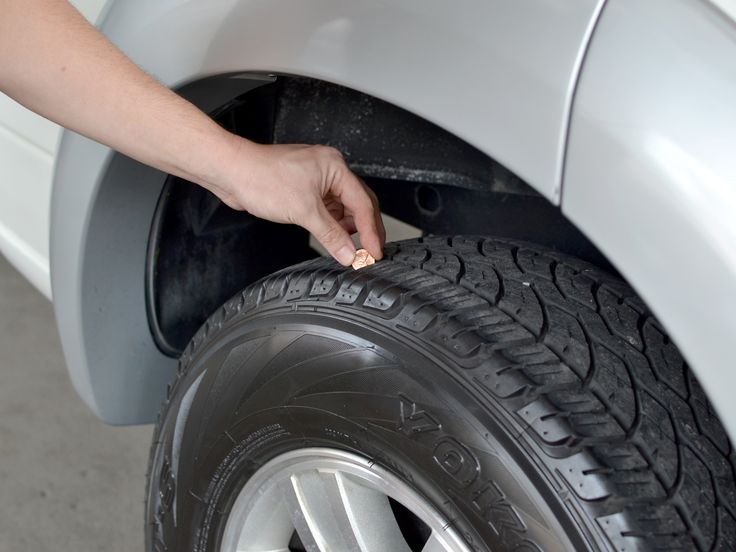 Contact the landfill to confirm that it accepts tires for processing or disposal. If you have many tires, you may need to hire a scrap tire transporter to pick them up and haul them to an authorized scrap tire storage, processing, or disposal facility.
Contact the landfill to confirm that it accepts tires for processing or disposal. If you have many tires, you may need to hire a scrap tire transporter to pick them up and haul them to an authorized scrap tire storage, processing, or disposal facility.
Follow this link to download a list of Active Used and Scrap Tire Handlers and Facilities in Texas.
Visit our Reporting Abandoned Tires page.
Requirements (statutes and rules) for the management of used or scrap tires can be found online in Texas Health and Safety Code 361.112 361.1125 30 TAC 328, Subchapter F
Please contact the Scrap Tire Program if you have other questions about disposing of tires.
Millions of old tires have accumulated in Russia. In legal and illegal dumps. They lie along roadsides, in wastelands, in yards, in forests and fields, even in the form of a flower bed fence. And we silently look at how a monstrous ecological catastrophe is ripening before our very eyes.
In legal and illegal dumps. They lie along roadsides, in wastelands, in yards, in forests and fields, even in the form of a flower bed fence. And we silently look at how a monstrous ecological catastrophe is ripening before our very eyes.
Mikhail Rostarchuk
Not only that. Every year, on the axles of new cars, from the warehouses of tire factories, about 80 million new tires are thrown into circulation - about a million tons! Which in three or four years they will “mouse” and leave. Anywhere. Despite existing but poorly functioning bans on unauthorized dumping of garbage. Including tires…
Most of the so-called civilized countries have already moved away from such a ruthless "interaction" with the environment. Including worn tires. In any case, in European countries, where since 1999 an EU directive has banned the disposal of whole or cut used tires, and a 2008 directive defines the principles of waste management in the interests of preserving the environment. And what about in Russia? There is a non-working federal law of 1998 "On production and consumption waste".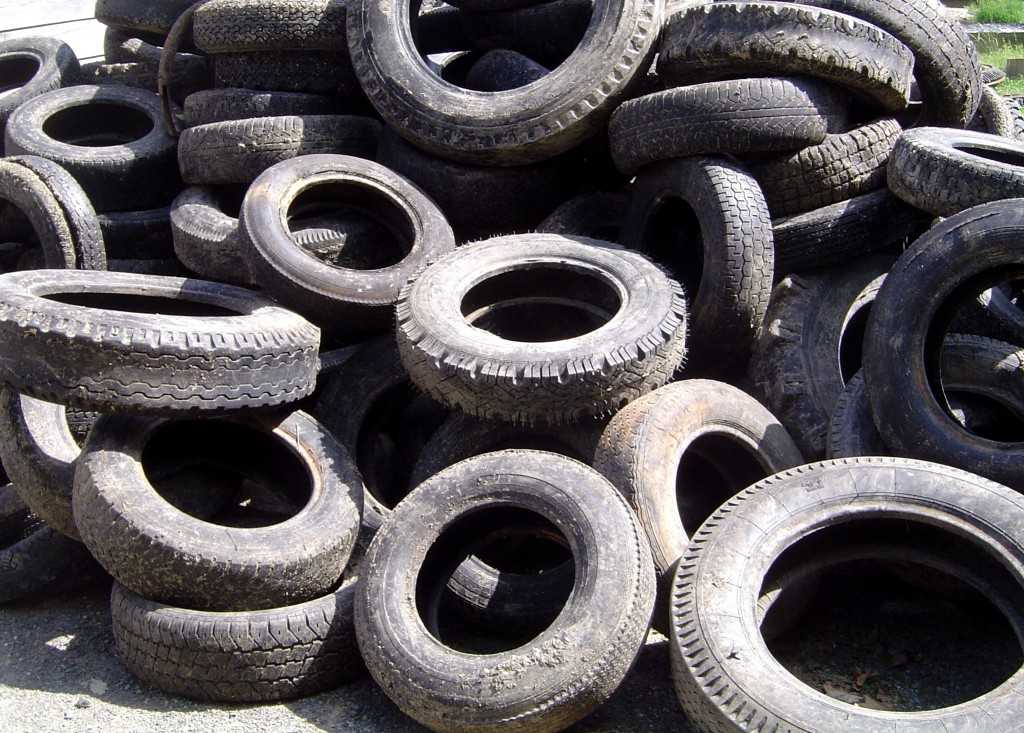 There are amendments to it, which are shelved in the government of the country. Everybody! nine0009
There are amendments to it, which are shelved in the government of the country. Everybody! nine0009
Meanwhile, in the development of amendments to the law, hung in the White House, one of the world's leading tire manufacturers, the Finnish Nokian Tires, a company familiar with the problem from hearsay, also took part. After all, the basis of the European tire recycling model is the principle of “producer responsibility”. And it was the three northern countries - Finland, Sweden and Norway, where they are especially reverent about the fragile and easily vulnerable Nordic environment, that back in 1993 became the culprits of civilized tire recycling in Europe. nine0009
Recycling should be transparent
What is the main point of the Finnish tire recycling model? Firstly, as a non-profit (!) institution, it is absolutely transparent, like water in thousands of Finnish lakes, although a solid financial flow flows in and out through its “vascular system”. Secondly, the state has not invested and is not investing either a euro or a cent in it, and therefore the Finnish way of recycling is not stuck in bureaucratic networks. Thirdly, it is effective - 100% of used tires are collected throughout the country, 120% (an increase due to the extraction of tires from old deposits) is either processed into secondary raw materials or used to generate electricity. nine0009
Secondly, the state has not invested and is not investing either a euro or a cent in it, and therefore the Finnish way of recycling is not stuck in bureaucratic networks. Thirdly, it is effective - 100% of used tires are collected throughout the country, 120% (an increase due to the extraction of tires from old deposits) is either processed into secondary raw materials or used to generate electricity. nine0009
Risto Tuominen, a large, energetic man charged with an active life position in his very troublesome business, is the CEO of the non-profit Finnish Recycling Company (Suomen Rengaskierratys Oy). In addition to him, there is only one employee in the “office”. But it is they who are in charge of all this complex, but working like a clock, recycling mechanism. The founders and owners of the company are global tire brands operating in the country - Bridgestone, Continental, Goodyear, Nokian, Michelin, ARL. The system involves 289tire manufacturers, importers, tire wholesalers, used car recyclers, 2,535 waste tire collection points, 245 containers and two commercial operating companies (selected by tender) that organize tire collection, transportation, storage and disposal.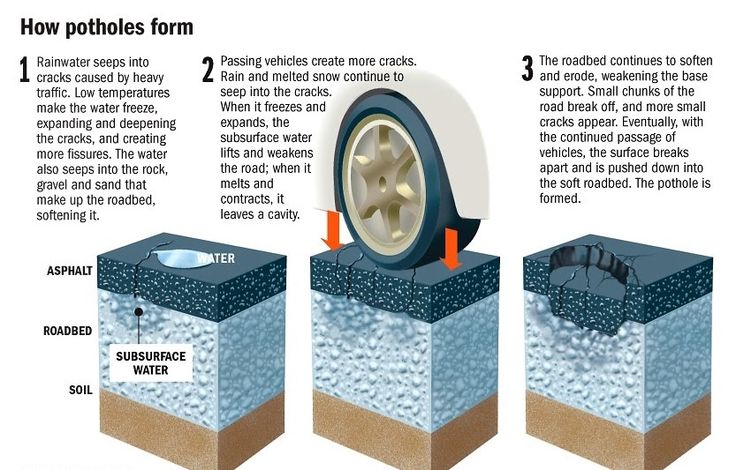
Tire tax
Who pays? That's right, buyer! On average, the price of a passenger car tire in Finland also includes 1.75 euros for recycling + 24% VAT on this amount. The Finnish car owner pays this fee even when he buys a new car. Tire sellers, as well as their manufacturers/importers, are strictly accountable for this recycling fee from each tire, which goes in full to Risto Tuominen's safe, and he already pays for the work of the operators. By the way, due to the growing revenue from the sale of secondary resources received from the disposal of tires, Tuominen reduces the amount of recycling fees paid by buyers. Characteristically: refusal to submit an application to the register of tire manufacturers / importers is punishable by a fine of 500 to 500,000 euros, "underground" import and sale of tires - from 500 to 10,000 euros. What's in the net residue? Finns don't have a headache about what to do with a worn tire, the state has no problems with the disposal of old rubber, Finnish society has one less problem related to environmental protection.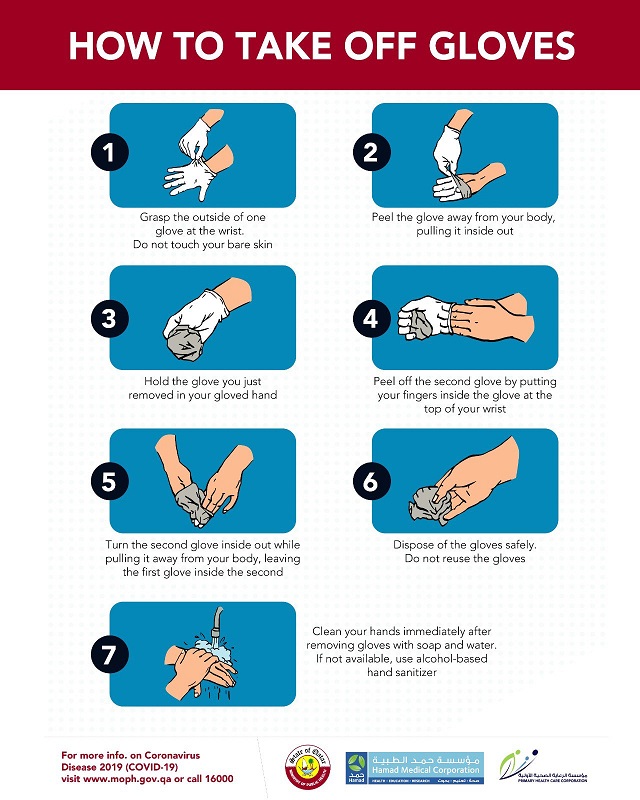 nine0009
nine0009
But killing an old tire is half the battle. The technology has already been developed, mobile mechanized columns have been created, wandering from landfill to landfill, deftly and quickly removing disks, steel cord from tires, shredding rubber into pieces and chips of various sizes, up to rubber crumb (depending on how this raw material will be used further ). It is especially important that the Scandinavians have learned to get considerable commercial benefits from used rubber.
What can be done with old rubber
Thus, dry cement producers have mastered the combustion of not gas or fuel oil in furnaces, but chips from used tires - it turned out to be much cheaper, while the rubber burns completely, even without ash. Recycled worn tires are used to make materials for the construction of high-speed roads; noise barriers; preparing the foundation for new landfills when old ones are closed; used in the arrangement of sports fields and playgrounds, arenas for riding.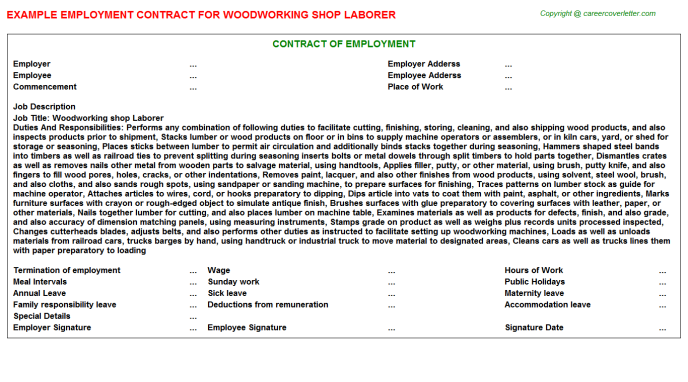 Projects are being developed to use secondary resources obtained from the disposal of tires for water purification (rubber crumb removes a third of the fluorine and half of the nitrogen contained in it), the restoration of old peatlands and wasted swamps; in the fight against vibration of railway tracks....
Projects are being developed to use secondary resources obtained from the disposal of tires for water purification (rubber crumb removes a third of the fluorine and half of the nitrogen contained in it), the restoration of old peatlands and wasted swamps; in the fight against vibration of railway tracks....
In general, in Europe, the evolution of the tire recycling process from 1996 to 2010 led to the fact that the disposal of old tires decreased (in percent) from 49 to 4, the recovery of secondary energy increased from 20 to 40, the recovery of secondary resources from 11 to 38, while the retreading of old heavy-duty tires has dropped from 12 to 9. By the way, Risto Tuominen's company also subsidizes research and development work related to tire recycling and the search for new opportunities for their reuse, including R&D for the project increase the service life of summer tires up to 6.15 years, winter tires - up to 6.37 years, which is beneficial for both the buyer and the recycler. nine0009
nine0009
... But let's get back to Russian realities. The main thing that is alarming is not only that there is again a delay at the government level in the adoption of a new recycling legislation. And not even that the recycling of tires is not solved by a separate law, but together with a long list of other industrial and household waste (the experience of Europe is not a decree for us, we are not interested in the transparency of the process). And the fact that the tire recycling fee intends to accumulate the state itself, which will then issue funds for recycling. And so, we know from experience that the games with this new "tire" tax will be opaque, with various subterfuges and tricks, which our bureaucracy is much more inclined towards. And, of course, there will appear, as we usually do, the notorious corruption component. nine0009
And why not adopt -European experience? As they say, clean? Who would answer...
Subscribe to the Autovzglyad channel:
 Zen
Zen None
How not to "get" for the repair of "brains"
485017
Is it possible to leave if the inspector is in no hurry to approach
208288
The situation is “Rested” differently
188477
187727
The main thing is not to drive while drunk
184717
On the one hand, it is not difficult to return old tires. They can simply be thrown into a landfill if the problems of environmental pollution, as well as the growth of serious diseases, do not bother.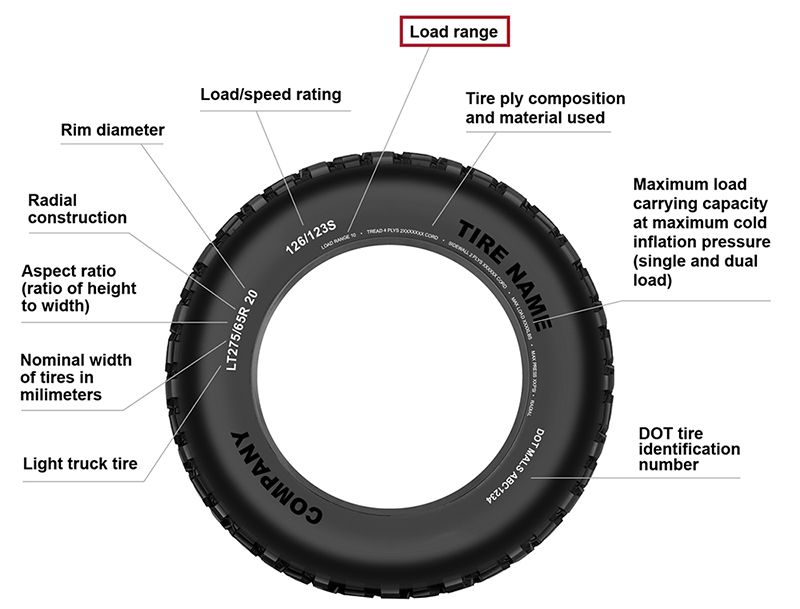 But problems can also be viewed from other perspectives. Tire tires, even used ones, are raw materials. Quite a few useful items can be made from it, especially if there is a private house or summer cottage. Finally, instead of throwing it away, you can take your old tires to a collection point for money. nine0009
But problems can also be viewed from other perspectives. Tire tires, even used ones, are raw materials. Quite a few useful items can be made from it, especially if there is a private house or summer cottage. Finally, instead of throwing it away, you can take your old tires to a collection point for money. nine0009
Contents of the article
Used tires are accepted by recycling industries for grinding. From the obtained raw materials, products are made, intended for for construction and economy. In addition, new tires are made from them.
Used tires can be disposed of for money, free or with an admission fee. Interested in the first option, with two other problems do not occur. It is not worth counting on large sums, price range - from 50 to 150 rubles. per tire, depending on its diameter (from 15 up to 22.5, respectively). nine0009
Prices vary by type of tires, as well as their quantity. For example, for 1 ton of non-studded rubber they pay 4 tr. If it is studded, the cost rises to 6 tr. Cameras are bought for 30 rubles. Accordingly, for a set of worn studded tires, along with cameras, you can get 720 rubles. The amount is small, especially if you need services for transporting tires to the place of reception.
For example, for 1 ton of non-studded rubber they pay 4 tr. If it is studded, the cost rises to 6 tr. Cameras are bought for 30 rubles. Accordingly, for a set of worn studded tires, along with cameras, you can get 720 rubles. The amount is small, especially if you need services for transporting tires to the place of reception.
The most profitable change of tires to get:
Preliminary it is necessary to specify in autoshops and technical services the availability of such promotions. Given that they have offers in accepting used tires come in constantly, they can suspend promotions for indefinite period. Then there is another option, where to hand over the old tires for money.
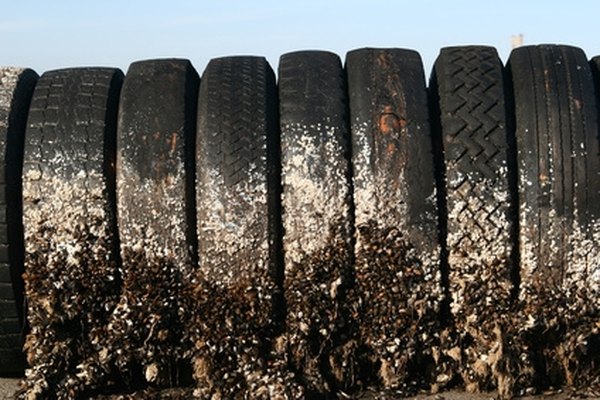 His can be used for the following purposes:
His can be used for the following purposes: Finally, vegetables are grown with their help in agriculture. It is enough to bury the tire in the ground, place seedlings in it. Thus, moisture is retained longer, yields increase. In addition, drinkers for domestic animals are made from tires. nine0009
All used as follows:
The second option will require ingenuity, organizational skills, and the ability to negotiate. But if during the search it was not possible to find enterprises where you can hand over tires for recycling for money, but on the contrary, they still require payment for services, then there is a reason to think about your own business. nine0009
nine0009
For users of the Vyvoz.org website, we have compiled (and constantly updated) a list of organizations in large (and not only) Russian cities where you can return old tires for money or free of charge:
Moscow
St. Petersburg
Astrakhan
Barnaul
Vladivostok
Volgograd
Voronezh
Yekaterinburg
Izhevsk
Irkutsk
Kazan
Kaliningrad
Kemerovo
0008 Such an enterprise will require small investments - from 50 to 80 tr. Most of the money will be spent on renting premises, registering an organization, paying one or two employees, as well as advertising. A prerequisite is that the owner independently (at least for the first time) creates devices for agriculture and decor for yards. A license to collect and store recyclables is required.
Then a commercial offer is created, pages are drawn up in the most popular social networks. Targeting advertising in them is not expensive, it allows you to quickly reach the target audience.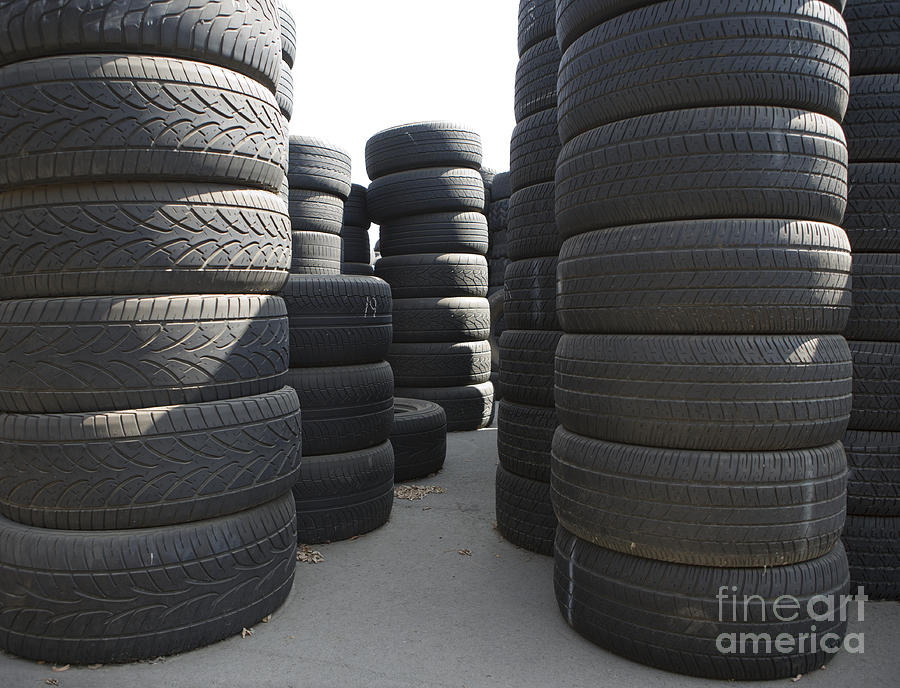 Additionally, announcements are posted in rural areas, at dacha cooperatives, commercial offers are sent to management companies. nine0009
Additionally, announcements are posted in rural areas, at dacha cooperatives, commercial offers are sent to management companies. nine0009
The production process consists of the following steps:
If the demand for rubber increases, you can offer to the population to hand over rubber for processing for money. In parallel is an agreement with a processing plant, where you can deliver in bulk unclaimed rubber. Such a business can bring from 50-70 to 300-500 tr. monthly. Depends on organizational owner's abilities. nine0009
By law, legal entities are required to report on the delivery of used tires for recycling. The lack of documentary evidence leads to a fine for violating the rules for handling recyclables.
The lack of documentary evidence leads to a fine for violating the rules for handling recyclables.
Therefore, business entities are required to contact official processing manufacturer or its representative. At transfer of tires is issued:
In addition, the enterprise is working out an act in accordance with which tires are recognized as used. The commission decides on writing them off from the balance sheet of the enterprise and sending them for recycling.
Unlike businesses, individuals are not required to follow this procedure. But it is recommended to approach the disposal of tires in a responsible manner. Rubber decomposes for a long time, but being in the environment in the event of combustion is a source of dioxins that enter the air and then into the human body. Because of this, he can become seriously and even terminally ill..jpg)